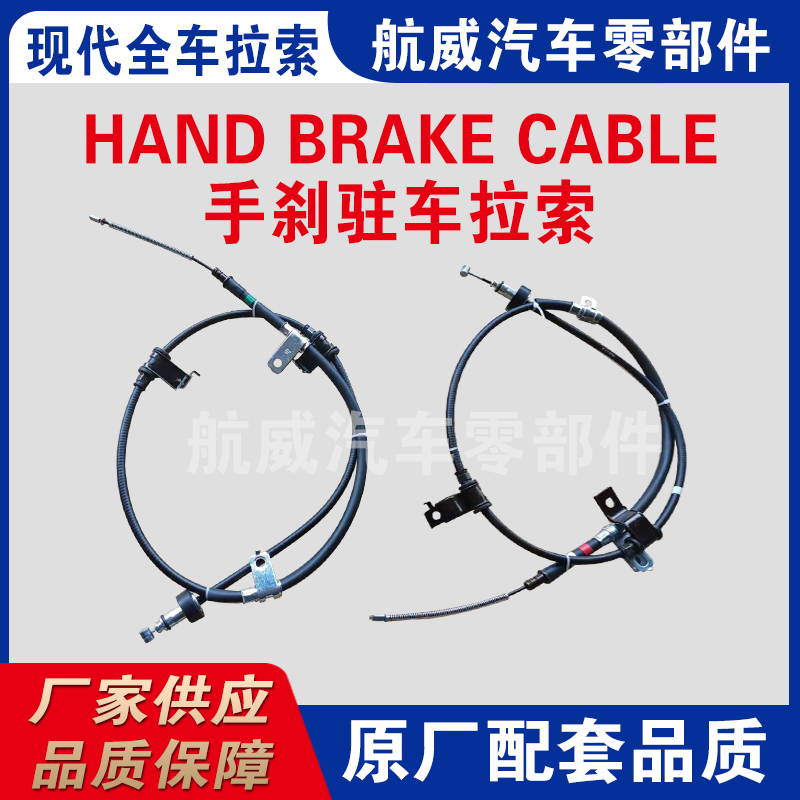handbrake cables
Understanding Handbrake Cables Importance and Maintenance
Handbrake cables are essential components in a vehicle's braking system, specifically designed to engage the parking brake. These cables connect the handbrake lever inside the car to the brake mechanism at the wheels. Their primary function is to ensure that the vehicle remains stationary when parked, preventing it from rolling away. Proper understanding and maintenance of handbrake cables can significantly enhance vehicle safety and performance.
The structure of the handbrake cable typically comprises two main parts the inner cable, which is a flexible steel wire, and the outer casing, usually made of a durable material such as rubber or plastic. When the handbrake lever is pulled, it pulls the inner cable, which then engages the brake mechanism at the rear wheels. This simple, yet effective mechanism ensures that the vehicle does not move when parked, especially on inclines.
Over time, handbrake cables can wear out due to various factors. Exposure to elements like moisture, dirt, and corrosive substances can lead to deterioration of the outer casing and fraying of the inner cable. Additionally, regular use causes stress on the cables, which may result in stretching or snapping. Symptoms of a failing handbrake cable often include a handbrake that feels loose or does not hold the vehicle securely, requiring more effort to engage than usual.
handbrake cables

Regular inspection and maintenance of handbrake cables are critical. Vehicle owners should periodically check for visual signs of wear such as corrosion, fraying, or damage to the outer casing. It is advisable to engage the handbrake and observe if it holds the vehicle securely; if the handbrake lever feels unusually loose, it may indicate that the cables need adjustment or replacement.
If the handbrake cable shows signs of wear, replacing it promptly is crucial. A professional mechanic typically handles this task, replacing the damaged cables with new ones and ensuring that they are correctly adjusted for optimal performance. Vehicle owners should refer to their owner’s manual for specific recommendations regarding the replacement and maintenance intervals for handbrake cables.
In conclusion, handbrake cables play a vital role in vehicle safety by ensuring that your car stays parked and secure. Understanding their function and recognizing the symptoms of wear can help vehicle owners take proactive measures to maintain their braking system. Regular inspections, timely replacements, and professional servicing can significantly extend the lifespan of handbrake cables, ensuring a safer driving experience. Neglecting these components can lead to potentially dangerous situations; therefore, keeping them in good condition is essential for every driver.
-
Workings of Clutch Pipe and Hose SystemsNewsJun.04,2025
-
The Inner Workings of Hand Brake Cable SystemsNewsJun.04,2025
-
The Secrets of Throttle and Accelerator CablesNewsJun.04,2025
-
The Hidden Lifeline of Your Transmission Gear Shift CablesNewsJun.04,2025
-
Demystifying Gear Cables and Shift LinkagesNewsJun.04,2025
-
Decoding Clutch Line Systems A Comprehensive GuideNewsJun.04,2025
